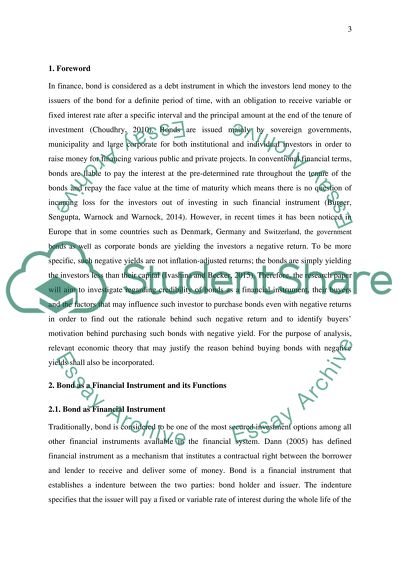Cite this document
(“International Business Finance Research Paper Example | Topics and Well Written Essays - 2000 words”, n.d.)
International Business Finance Research Paper Example | Topics and Well Written Essays - 2000 words. Retrieved from https://studentshare.org/finance-accounting/1694726-international-business-finance
International Business Finance Research Paper Example | Topics and Well Written Essays - 2000 words. Retrieved from https://studentshare.org/finance-accounting/1694726-international-business-finance
(International Business Finance Research Paper Example | Topics and Well Written Essays - 2000 Words)
International Business Finance Research Paper Example | Topics and Well Written Essays - 2000 Words. https://studentshare.org/finance-accounting/1694726-international-business-finance.
International Business Finance Research Paper Example | Topics and Well Written Essays - 2000 Words. https://studentshare.org/finance-accounting/1694726-international-business-finance.
“International Business Finance Research Paper Example | Topics and Well Written Essays - 2000 Words”, n.d. https://studentshare.org/finance-accounting/1694726-international-business-finance.


